In uncertain times, ensuring long-term food security is becoming increasingly important. One of the key ways to achieve this is by having a stockpile of grain foods. There are many benefits to storing grain food for the long term, not least of which is the peace of mind that comes from knowing you and your family will have access to food, no matter what happens.
Understanding the Importance of Long-Term Food Security
Before we dive into the details of grain food storage, it's important to understand why long-term food security is so vital. Simply put, food security is having access to a sufficient quantity of affordable, nutritious food. This is a basic human right, and yet, many people around the world still struggle to access enough food to meet their needs.
Long-term food security is particularly important in areas that are prone to natural disasters or political instability. In these situations, access to food can become limited or even non-existent, leaving people without the sustenance they need to survive. By having a long-term food storage plan in place, individuals and communities can better prepare for these types of situations and ensure that they have access to the food they need to survive.
Defining Food Security
Food security is a complex issue, and there are different ways to define it. In general, food security is achieved when all people, at all times, have physical, social, and economic access to sufficient, safe, and nutritious food that meets their dietary needs and food preferences for an active and healthy life.
Physical access to food refers to the availability of food in a given area. Social access refers to the ability of individuals to access food without discrimination or social barriers. Economic access refers to the ability of individuals to afford the food they need.
Factors Affecting Food Security
There are many factors that can affect food security, including natural disasters, climate change, political instability, and economic crises. These events can disrupt the food supply chain, leading to scarcity, price hikes, and shortages.
In addition to these external factors, there are also internal factors that can affect food security. For example, poor agricultural practices, lack of access to education, and inadequate infrastructure can all contribute to food insecurity.
The Role of Grain in Food Security
Grain foods are a staple in many cultures and form the foundation of many diets around the world. They are affordable, nutritious, and provide a reliable source of energy. By storing grains for the long term, you can help ensure that you have access to a stable source of food, even in times of scarcity.
Grains can also be used to create a variety of different foods, from bread and pasta to cereal and snacks. This versatility makes them an important part of any long-term food storage plan.
It's important to note that not all grains are created equal when it comes to long-term storage. Some grains, such as wheat and rice, have a longer shelf life than others. Proper storage techniques, such as using airtight containers and storing in a cool, dry place, can also help extend the shelf life of grains.
Conclusion
Long-term food security is an important issue that affects individuals and communities around the world. By understanding the factors that contribute to food insecurity and taking steps to prepare for potential disruptions in the food supply chain, we can better ensure that everyone has access to the nutritious food they need to survive and thrive.
Types of Grain for Long-Term Storage
When it comes to long-term storage, not all grains are created equal. While some grains may only last a few months, others can be stored for years without losing their nutritional value. Here are some of the best grains to store for the long term:
Wheat
Wheat is one of the most popular grains for long-term storage. It has a high protein content and is rich in vitamins and minerals such as vitamin E, B-complex vitamins, and zinc. You can store wheat in its whole form, or as flour or pasta. Whole wheat flour has a shorter shelf life than white flour, but it is more nutritious and can last up to six months if stored properly.
Wheat is a versatile grain that can be used in a variety of dishes. You can make bread, pasta, pancakes, and even desserts with wheat. It is also a great source of energy, making it an ideal grain to store for emergency situations.
Rice
Rice is another excellent grain for long-term storage. It is a good source of carbohydrates and protein and can be used in many different dishes. Brown rice has a longer shelf life than white rice, but both can be stored for years if properly stored.
Rice is a staple food in many cultures and can be used to make a variety of dishes such as stir-fries, sushi, and rice pudding. It is also easy to prepare and can be cooked in a variety of ways, making it a great grain to have on hand for quick and easy meals.
Corn
Corn is a nutritious grain that is great for long-term storage. It is high in carbohydrates and provides a good source of fiber and essential nutrients such as vitamin C, thiamin, and niacin. Corn can be stored as whole corn or as cornmeal.
Corn is a versatile grain that can be used to make a variety of dishes such as cornbread, polenta, and corn chowder. It can also be used as a thickener in soups and stews. Corn is a great grain to have on hand for emergency situations as it is easy to prepare and provides a good source of energy.
Barley
Barley is another nutritious grain that is great for long-term storage. It is a good source of protein, fiber, and vitamins such as vitamin B6, thiamin, and niacin. Barley can be stored as whole barley or as flour.
Barley is a versatile grain that can be used to make a variety of dishes such as soups, stews, and salads. It can also be used as a substitute for rice in dishes such as risotto. Barley is a great grain to have on hand for emergency situations as it is easy to prepare and provides a good source of energy.
Oats
Oats are a great source of fiber and protein, and also contain important vitamins and minerals such as iron, zinc, and magnesium. They can be stored as whole oats, oat flour, or in the form of rolled oats.
Oats are a versatile grain that can be used to make a variety of dishes such as oatmeal, granola, and oatcakes. They can also be used as a substitute for breadcrumbs in meatloaf and meatballs. Oats are a great grain to have on hand for emergency situations as they are easy to prepare and provide a good source of energy.
Overall, these grains are excellent choices for long-term storage. They are nutritious, versatile, and can be used in a variety of dishes. When storing grains, it is important to keep them in a cool, dry place to prevent spoilage. With proper storage, these grains can last for years and provide you with a reliable source of nutrition in times of need.
Proper Grain Storage Techniques
Grains are an essential part of the human diet, providing a valuable source of carbohydrates, protein, and other vital nutrients. However, storing grains for the long term can be a challenge, as they are susceptible to spoilage, contamination, and pest infestations. To ensure that your grains remain fresh and nutritious, it's important to use proper storage techniques.
Choosing the Right Storage Containers
When it comes to storing grains for the long term, choosing the right storage containers is key. Look for containers that are airtight, moisture-proof, and made from a durable material such as food-grade plastic or metal. This will help to prevent moisture and air from entering the container, which can lead to spoilage and degradation of the grains over time. Glass jars can also be used for short-term storage but are not ideal for long-term storage, as they are not airtight and can break easily.
Ideal Storage Conditions
The ideal storage conditions for grains include a cool, dry, and dark location. Heat, moisture, and light can all contribute to spoilage and degradation of the grains. Aim to keep the storage temperature between 40-70 degrees Fahrenheit, and avoid storing the grains in direct sunlight or near sources of heat or moisture. If you live in a humid climate, consider using a dehumidifier to help keep the storage area dry.
Preventing Pests and Contamination
Pests such as mice, rats, and insects can wreak havoc on your grain storage. To prevent infestations, store grains in airtight containers and consider using natural pest repellents such as diatomaceous earth or bay leaves. Diatomaceous earth is a natural powder that can be sprinkled around the storage area to deter insects, while bay leaves can be placed inside the containers to repel pests. You should also inspect your grain storage regularly to detect any signs of contamination or spoilage. If you notice any mold, discoloration, or unusual odors, discard the affected grains immediately.
Rotating Stored Grains
Even with the best storage techniques, grains do have a shelf life, and it's important to rotate your stock to ensure that you are using the oldest grains first. This will prevent spoilage and ensure that you have a fresh, nutritious supply of grain food when you need it most. To rotate your stock, simply use the oldest grains first and replace them with fresh grains as needed. This will help to ensure that your grain storage remains fresh and nutritious over time.
By following these proper grain storage techniques, you can ensure that your grains remain fresh, nutritious, and free from contamination and pest infestations. With a little bit of effort and attention to detail, you can store your grains for the long term and enjoy the many health benefits that they provide.
Conclusion
Grain food storage is an essential part of long-term food security. By following proper storage techniques and choosing the right grains, you can ensure that you and your family have access to a reliable source of food, no matter what the future brings.
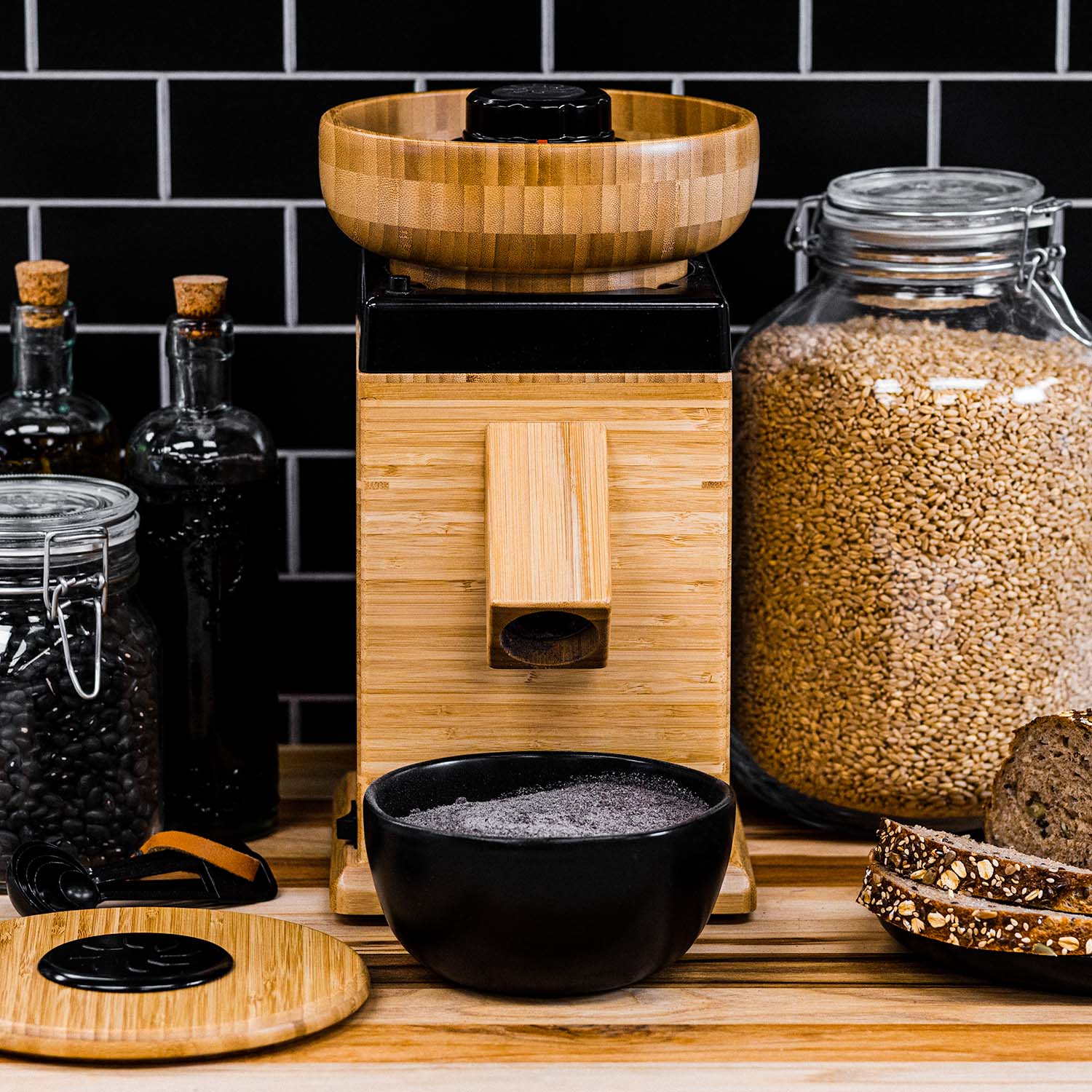
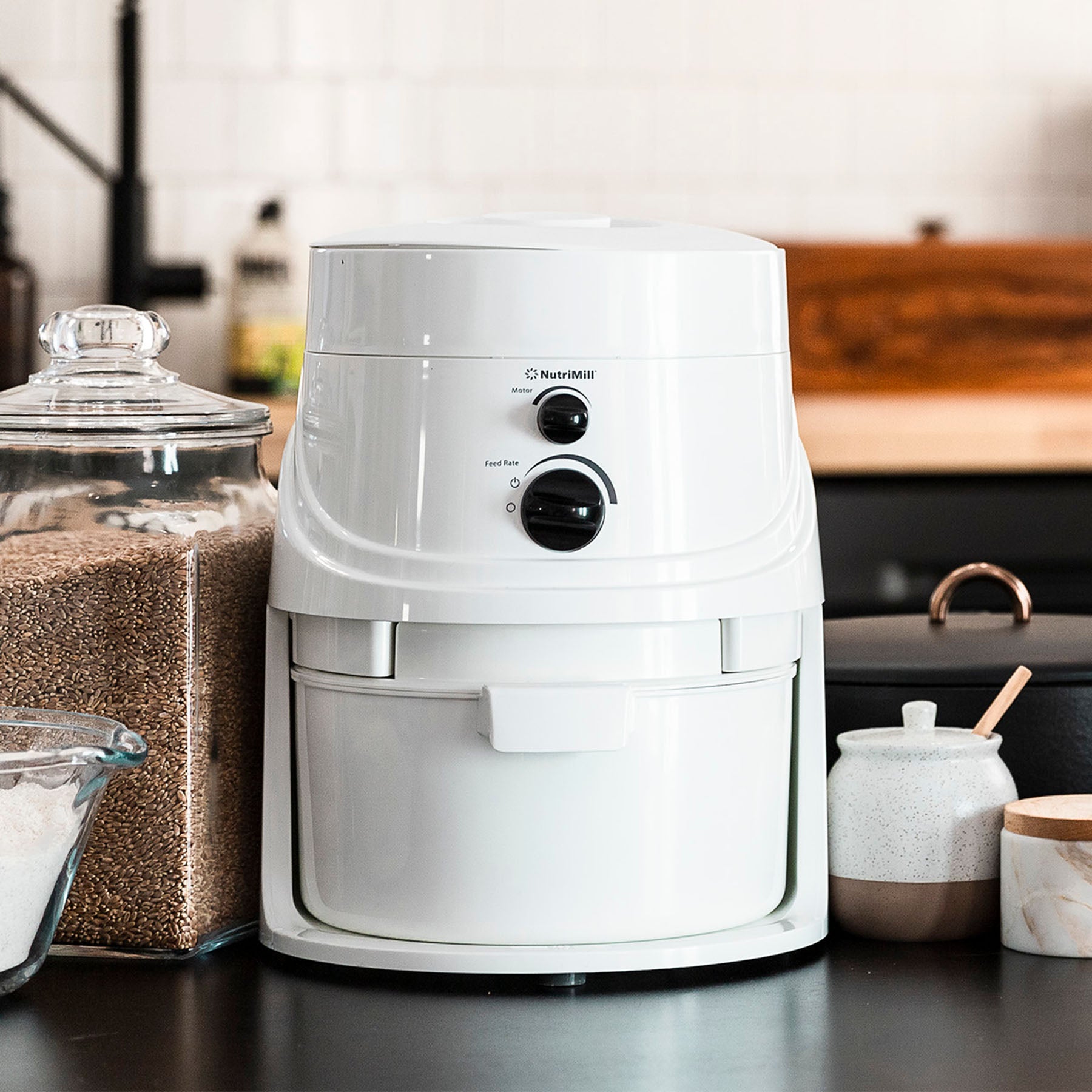
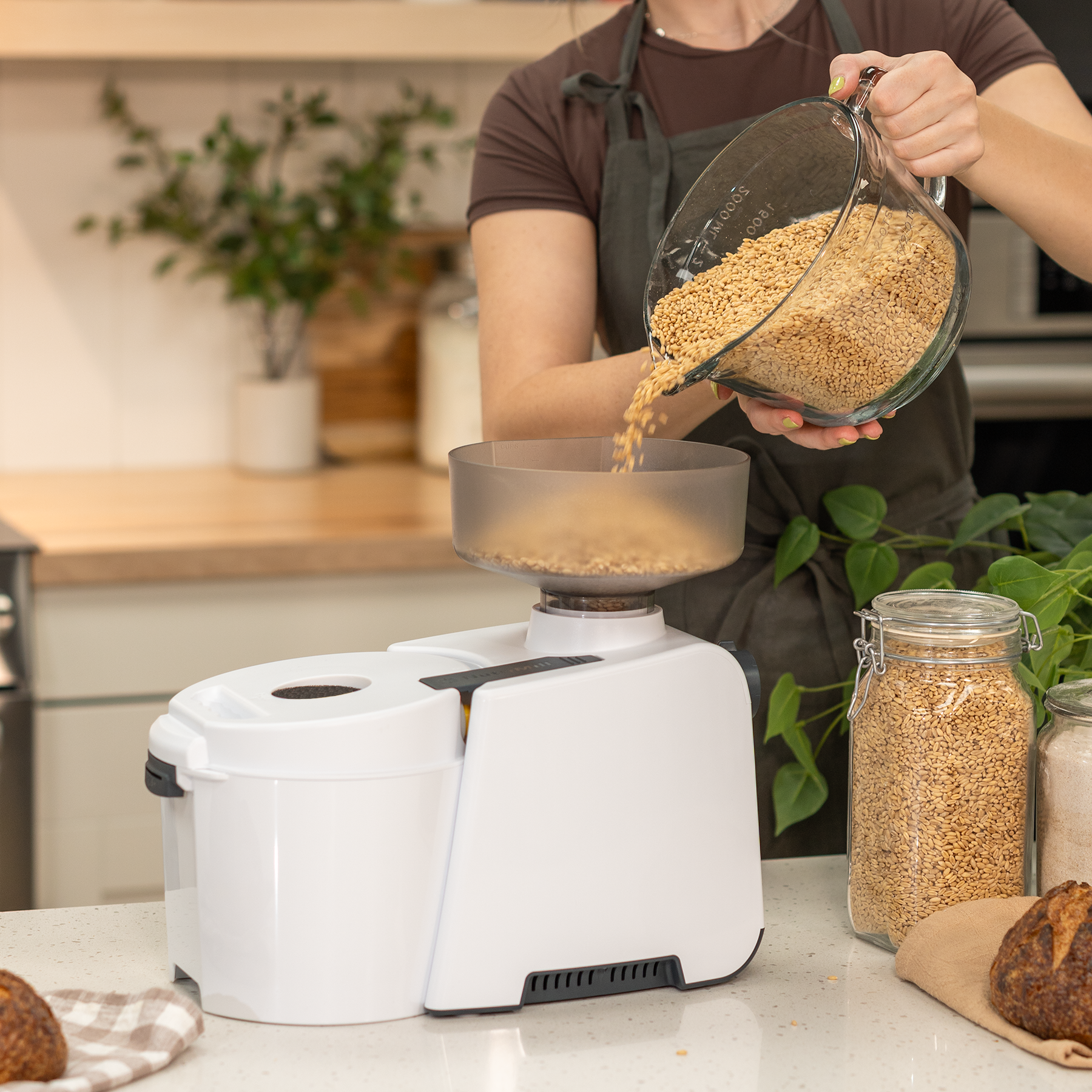
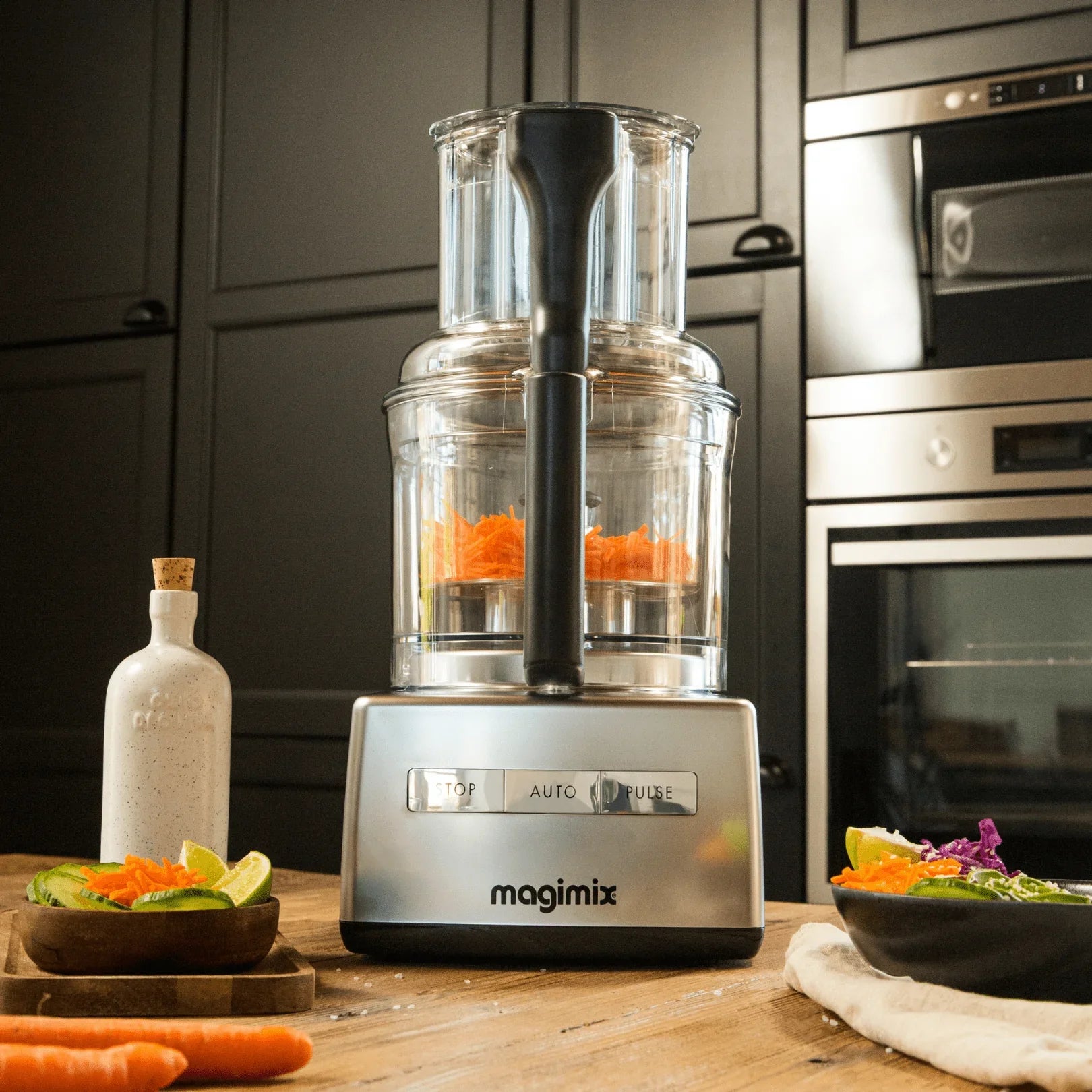

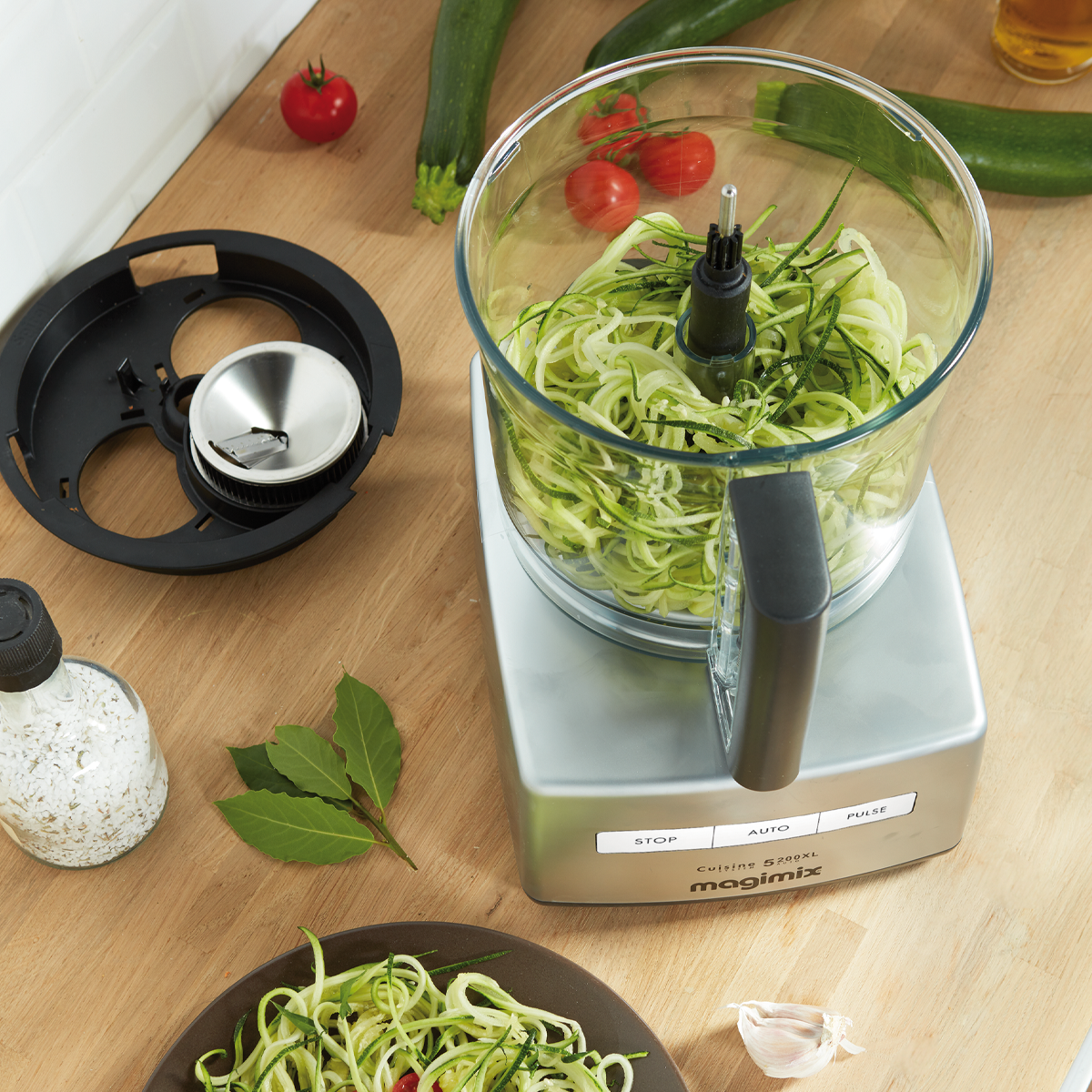

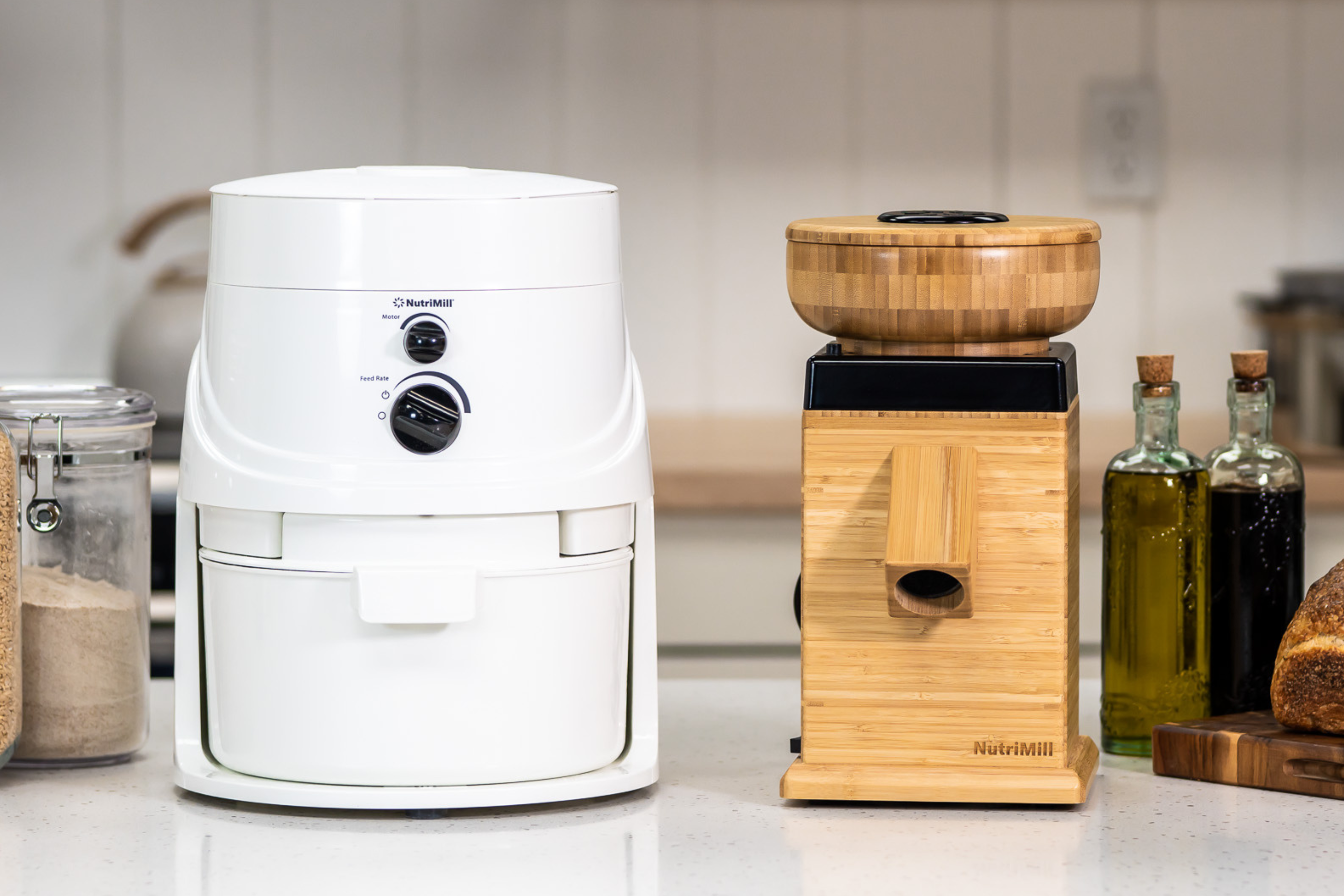
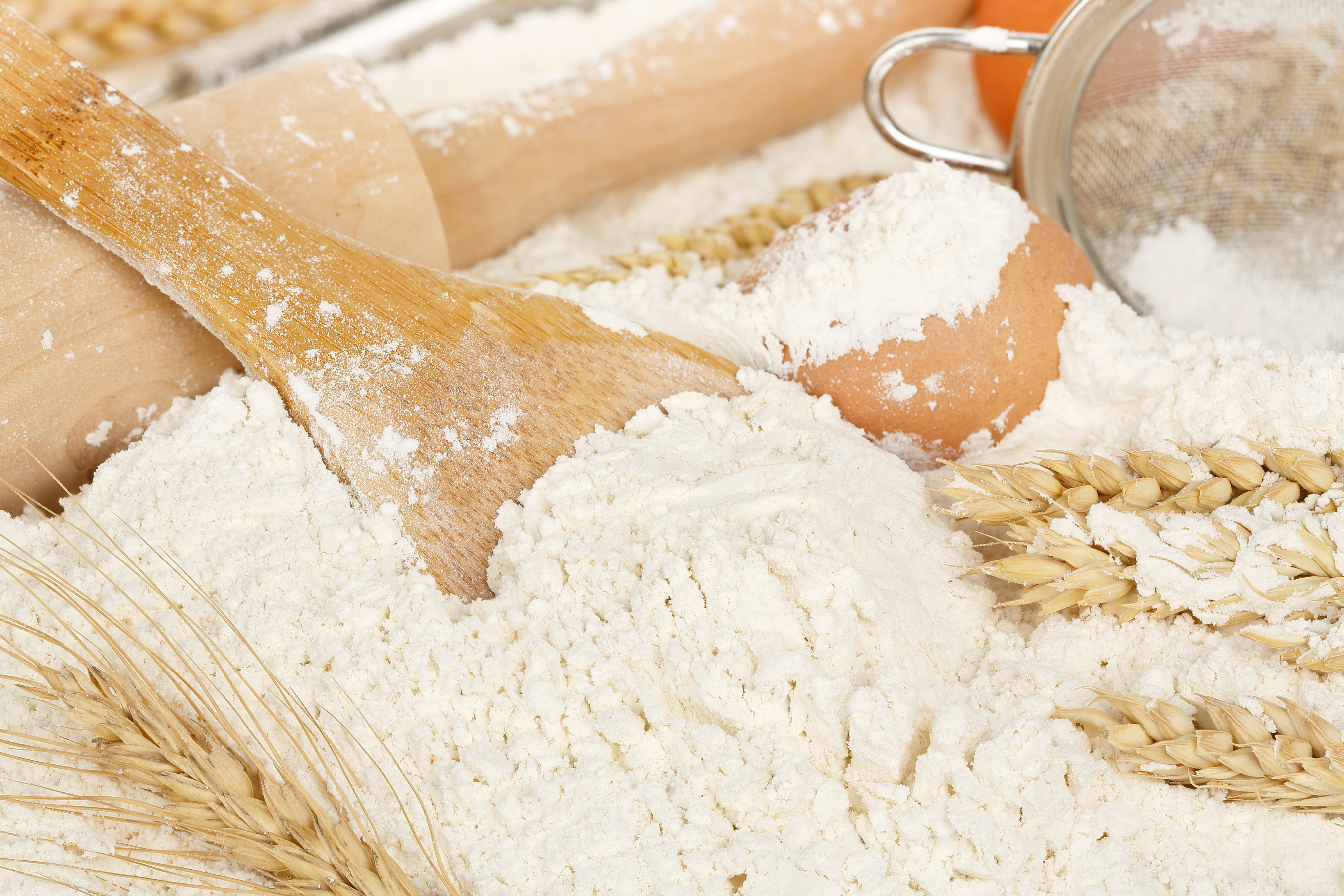
Leave a comment
All comments are moderated before being published.
This site is protected by hCaptcha and the hCaptcha Privacy Policy and Terms of Service apply.